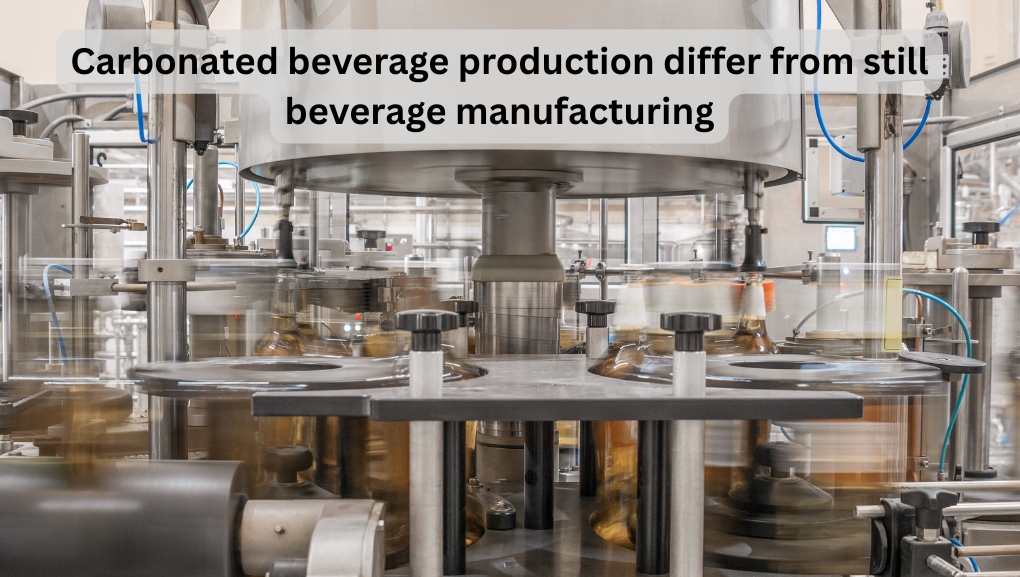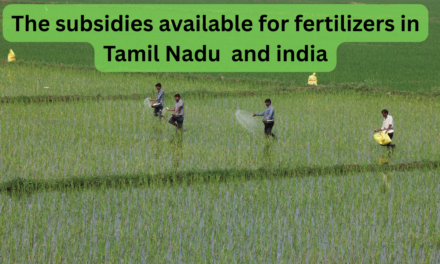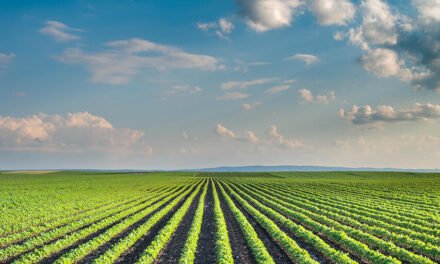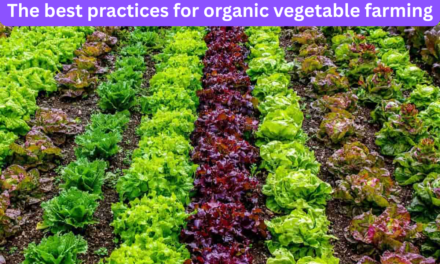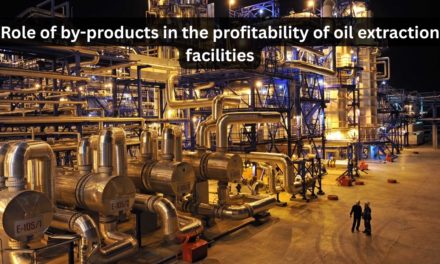Carbonated beverage production and still beverage manufacturing differ in key aspects, including formulation, equipment, processes, and packaging. Here’s a detailed comparison of the two:
1. Carbonation
- Carbonated Beverages:
- Involve dissolving carbon dioxide (CO₂) gas into the liquid under pressure to create effervescence.
- Carbonation impacts the beverage’s taste, mouthfeel, and sensory experience.
- Specialized carbonation equipment is required, such as carbonation tanks or inline carbonators.
- Still Beverages:
- Do not contain added CO₂ and lack the effervescent quality.
- Focus on the natural taste of the ingredients without the effects of carbonation.
2. Formulation
- Carbonated Beverages:
- It is formulated to balance acidity and sweetness since carbonation enhances the perception of sourness.
- Typically include ingredients that stabilize carbonation, such as acids (citric or phosphoric acid) and buffers.
- Still Beverages:
- Emphasize the natural flavor profiles of ingredients like fruit juices, teas, or plant extracts.
- Fewer constraints on acidity and sugar levels as there’s no carbonation to influence flavor perception.
3. Equipment and Processes
- Carbonated Beverages:
- Carbonation Process: CO₂ is injected or diffused into the liquid under controlled pressure and temperature.
- Filling Lines: Require pressurized filling equipment to prevent CO₂ loss during bottling or canning.
- Cooling Requirements: Beverages are chilled before carbonation to enhance CO₂ solubility.
- Still Beverages:
- Filling Lines: Simpler gravity-based systems are used as no pressure containment is necessary.
- Processing: Focuses on filtration, blending, and pasteurization to maintain clarity and stability.
4. Packaging
- Carbonated Beverages:
- Packaged in containers that can withstand internal pressure, such as aluminum cans, PET bottles, or glass bottles.
- Sealing is critical to maintaining carbonation; specialized caps or closures prevent gas leakage.
- Still Beverages:
- Use more varied and lightweight packaging materials, such as cartons, pouches, or glass bottles.
- Packaging is less about pressure containment and more about preserving freshness and flavor.
5. Shelf Life
- Carbonated Beverages:
- CO₂ is a mild preservative, extending shelf life by inhibiting microbial growth.
- Proper sealing is essential to prevent carbonation loss over time.
- Still Beverages:
- More susceptible to spoilage and microbial contamination, mainly if preservatives are not used.
- It often requires pasteurization, aseptic processing, or refrigeration to extend shelf life.
6. Sensory Experience
- Carbonated Beverages:
- Provide a unique sensory experience due to fizz and the tingling sensation from CO₂.
- The carbonation process impacts flavor release and perception, making the beverage more refreshing.
- Still Beverages:
- Focus on delivering the pure and unaltered taste of the ingredients.
- There is no sensory impact from carbonation, allowing for subtler flavors.
7. Cost Considerations
- Carbonated Beverages:
- Higher production costs due to specialized carbonation equipment, pressurized storage, and robust packaging materials.
- Still Beverages:
- Typically less expensive to produce due to simpler processing and packaging requirements.
8. Energy and Environmental Impact
- Carbonated Beverages:
- Higher energy consumption due to CO₂ production, pressurization, and chilling requirements.
- Environmental concerns over CO₂ sourcing, particularly if not captured or sustainably produced.
- Still Beverages:
- Lower energy demands but may rely more on natural resources like water or agricultural inputs.
9. Regulatory Compliance
- Carbonated Beverages:
- Must meet specific regulations regarding CO₂ levels, pressure, and safety of packaging.
- Labeling laws may require disclosing carbonation.
- Still Beverages:
- Regulatory focus is more on ingredient authenticity, preservatives, and nutritional claims.
Examples of Products
- Carbonated Beverages: Sodas, sparkling water, carbonated energy drinks, and kombucha (lightly carbonated).
- Still Beverages: Juices, iced tea, plant-based milks, isotonic sports drinks, and non-carbonated bottled water.
Conclusion
The primary differences between carbonated and still beverage production lie in the carbonation process, equipment requirements, and sensory characteristics. Carbonated beverages involve more complex manufacturing and packaging processes to maintain CO₂ levels, while still beverages focus on preserving the natural flavors and stability of the product. Each category requires tailored approaches to ensure quality, safety, and consumer satisfaction.
Hashtags
#BubblyBeverages #FizzFix #SodaScience #RefreshingDrinks #BeverageBattles #CarbonationNation #StillSips #BeverageEvolution #FizzyFrenzy #DrinkDilemma #BeverageBuzz #CarbonatedCreations #StillSatisfying #BeverageRevolution #SparklingSips #DrinkDynamics #BubblyBrews #CarbonationCraze #StillSipping #BeverageBreakdown

